If you are a beginner of sake, even if you hear “Junmai Dai Ginjo” you do not understand what it is. Or maybe you simply think “That sounds pricey”.
In Japanese, “Junmai” means “only use pure rice” and “Dai” means “The Highest”. Those are easy words for Japanese. However, “Ginjo” is a difficult word even for Japanese speaker.
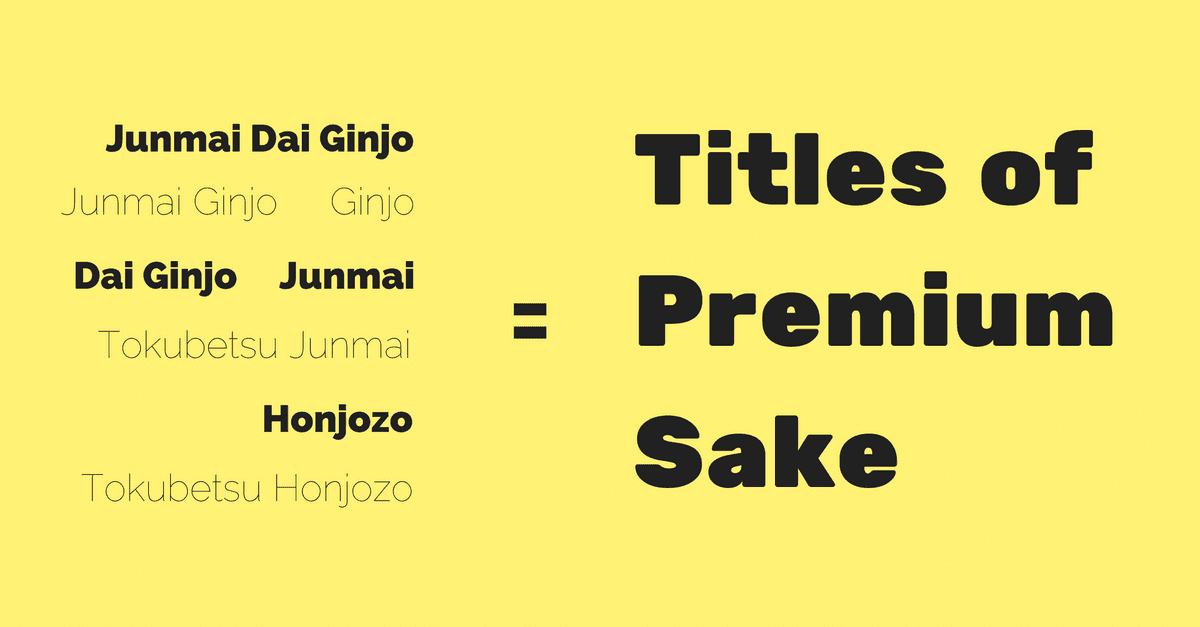
In fact, all of these words are the titles of Sake named for the difference in sake’s ingredients and manufacturing process. And understanding these terms will make it possible to understand sake’s aroma, taste, and the effort of Sake artisans.
On this page, I will explain the following themes in order.
- What is Premium Sake such as Junmai Dai Ginjo?
- What is Ginjo Sake?
- What is Junmai Sake?
- What is Honjozo Sake?
- Perfect list of 8 types of Premium Sake
What is Premium Sake such as Junmai Dai Ginjo?
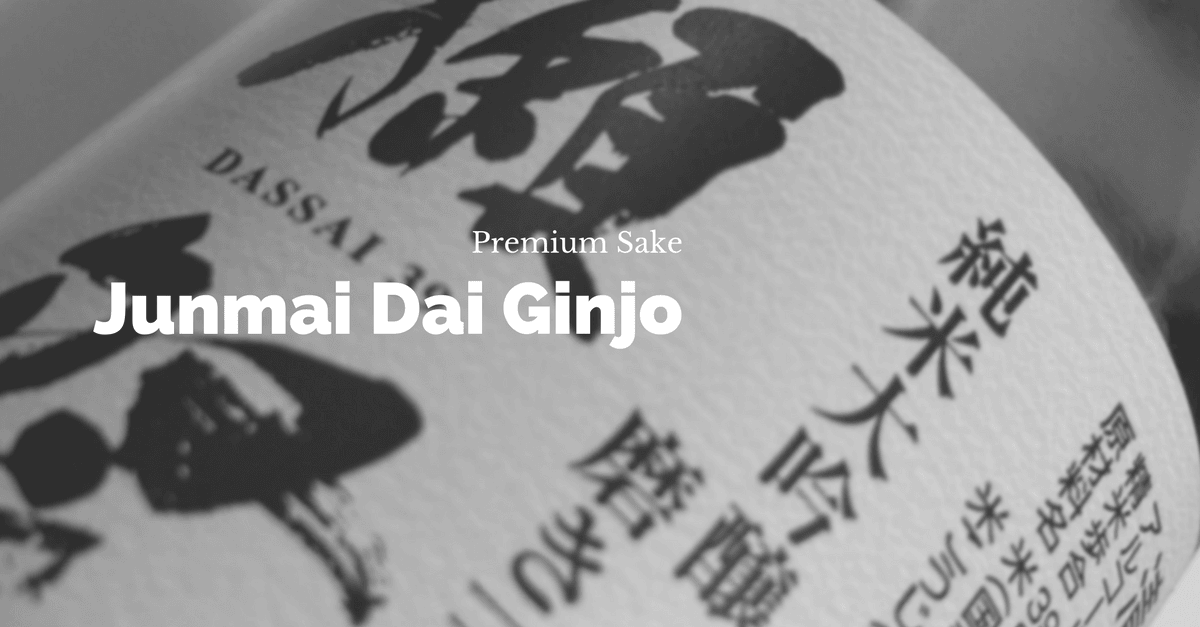
Japanese sake with a title like “Ginjo” or “Junmai” is said to be a specific Premium Sake. These are not named by the brewery without permission. Only Sake that meets the criteria established by the law of Japan called “Liquor Tax Law” is sold as Premium Sake. On the other hand, Sake that does not meet the criteria of Premium Sake is legally called “Futsu Sake.”
There are 8 types of Premium Sake with this special title.
- Junmai Dai Ginjo Sake- 純米大吟醸酒
- Dai Ginjo Sake – 大吟醸酒
- Junmai Ginjo Sake – 純米吟醸酒
- Ginjo Sake – 吟醸酒
- Tokubetsu Junmai Sake – 特別純米酒
- Tokubetsu Honjozo Sake – 特別本醸造酒
- Honjozo Sake – 本醸造酒
- Junmai Sake – 純米酒
Four of these eight Premium Sakes contain the word “Ginjo”, and four contain the word “Junmai”. First of all, let’s see what each means.
What is Ginjo Sake?
To be named “Ginjo”, a Sake must clear the following two criteria.
- 60% or less Rice Polishing Ratio
- Made with the recipe called “Ginjo Zukuri”
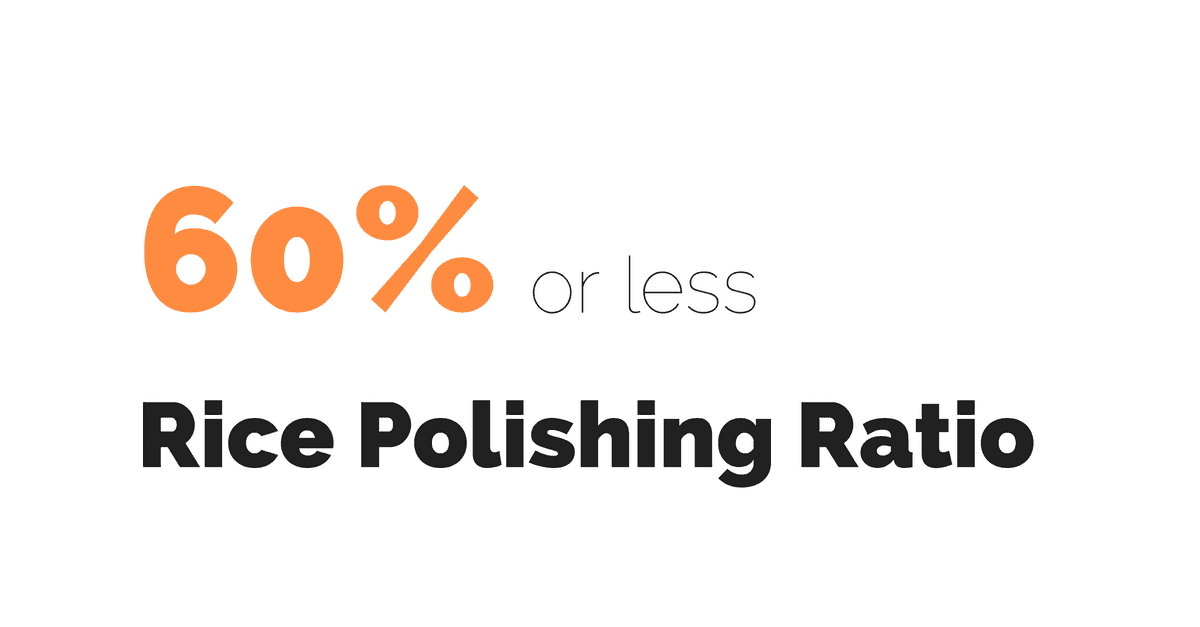
Rice used for Sake is polished in the early stages. 60% or less Rice Polishing Ratio means that polish the surface of rice by 40% or more and to make the remaining part 60% or less. Starch concentrates in the center of rice and the surrounding area is made of ingredients that make it easy to add Zatsumi (unfavorable taste) to Sake. Therefore, basically, the more you polish it, the Sake will become get a more pure taste.
However, shaving rice is a laborious task. For example, according to the official website of Asahi Shuzo, which sells alcohol “Dassai Migaki 23%” of Rice Polishing Ratio 23% (shaved rice by 77%), in order to polish 2% of rice surface from 25% Rice Polishing Ratio rice, it takes 24 hours. It is an episode that makes us understand the hardships well.
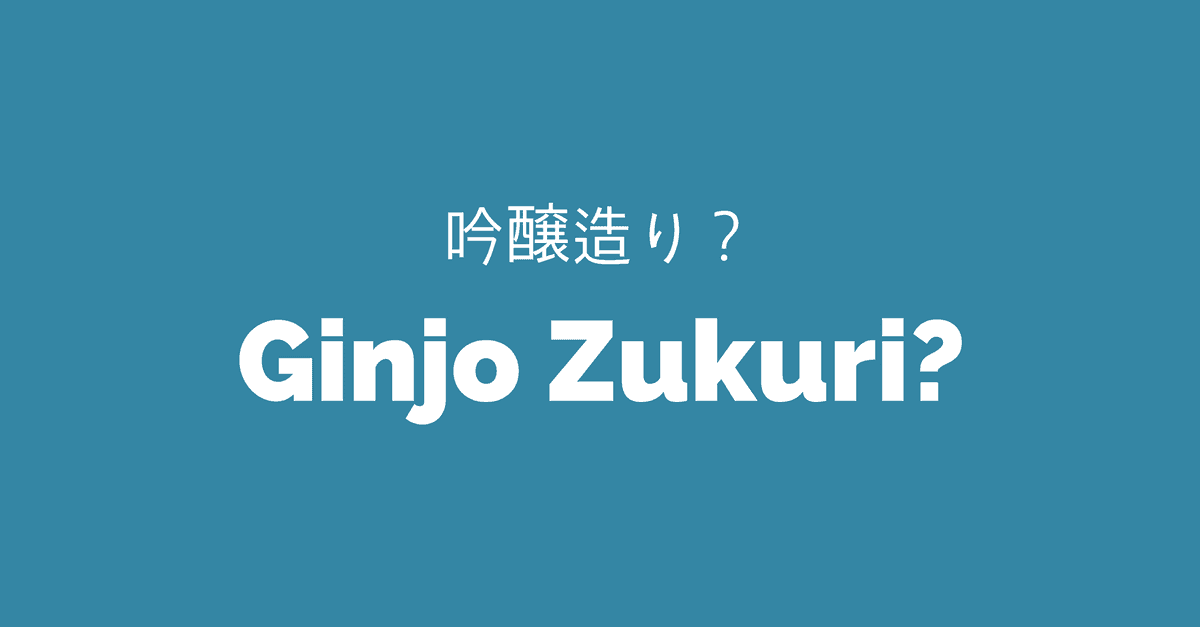
The second condition “Ginjo Zukuri” is a way of fermenting low Rice Polishing Ratio rice at low temperature over time.
In this way, the price for Ginjo Sake done on the hard work of craftsmen is high. However, the fragrance of Ginjo Sake is gorgeous, as if it feels like a banana or an apple, there are many fans.
So,,, What is “Dai” Ginjo Sake?

Like “Junmai Dai Ginjo”, there is also Ginjo Sake with “Dai” attached to its name. As I said earlier, “Dai” in this case means “The Highest”. In other words, it is said that Junmai Dai Ginjo is sake made with rice further shaved off than Junmai Ginjo.
The standard of Dai Ginjo Sake is sake with 50% polished rice surface. It means that Rice Polishing Ratio is 50%. Dai Ginjo Sake cuts 10% more rice than Ginjo Sake. It is very luxurious to cut half the rice!

By the way, seven out of eight Premium Sake are set to be less than 70% Rice Polishing Ratio.
- Shave 30% of rice (70% Rice Polishing Ratio) and meet “Premium Sake” criteria
- Shave 40% of rice (60% Rice Polishing Ratio) and meet “Ginjo Sake” criteria
- Shave 50% of rice (50% Rice Polishing Ratio) and meet “Dai Ginjo Sake” criteria
In addition, because Ginjo type sake has a strong aroma, it is not generally warmed. Its good smell will have gone when it gets warmer and because it can be enjoyed the fragrance even if it is cold. However, there is no 100% correct answer for how to enjoy sake. If you are interested, please try various drinking methods.
What is Junmai Sake?
Junmai Sake is brewed with only rice, rice koji, and water. In other words, in the process of production, sake without alcohol added is expressed as Junmai type.
On the other hand, brewing alcohols are added to “Dai Ginjo Sake”, “Ginjo Sake” and “Honjozo Sake.”
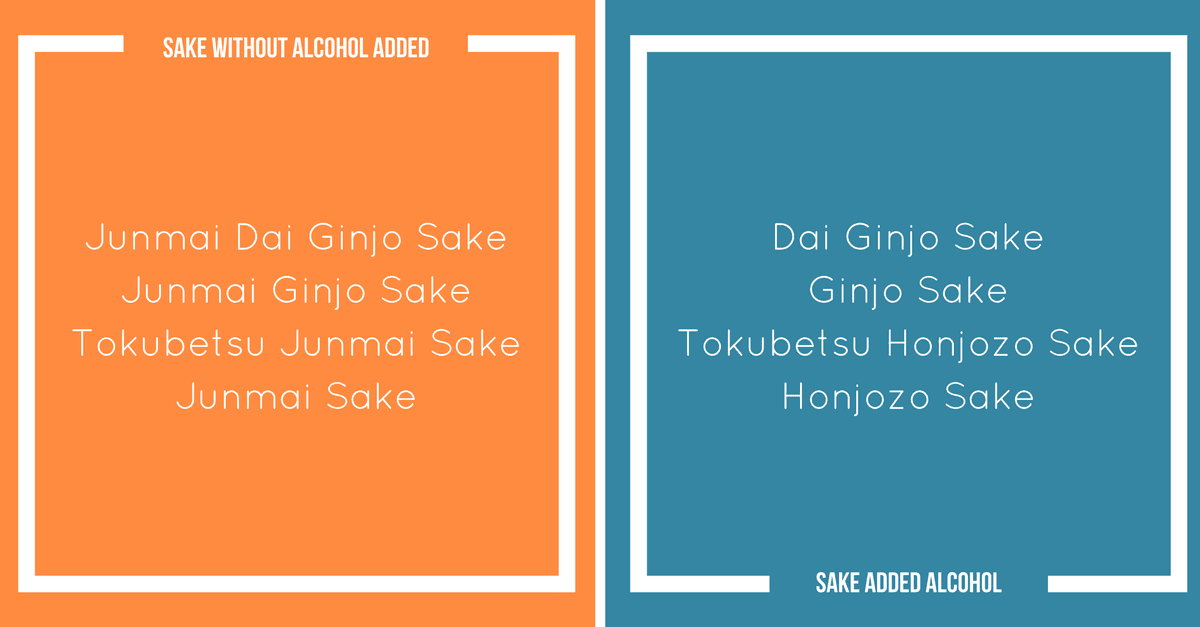
Sometimes, some say that Japanese sake of Junmai type which does not contain alcohol for brewing is only a good sake. Because a long time ago, there was an era breweries added bad quality alcohol into Sake to make more Sake from a few ingredients. But now, it’s different from the time.
Actually, alcohol added in the process of making Japanese Sake is used to adjust the quality of alcohol. By adding alcohol, it makes sake a Dry taste and makes alcohol less apt to decay.
Some people say that they like Junmai type sake, but the taste is each one, so it is best to compare yourself drinking!

Junmai type Sake can also be thought that the taste of rice is condensed. I would recommend Junmai type to those who would like to compare the taste of rice used for liquor!
What is Honjozo Sake?
Have you understood “Ginjo”, “Dai Ginjo” and “Junmai”? If you could understand it, you should be able to recognize the difference between the eight Premium Sakes. For example, sake satisfying the conditions of “Junmai” and “Dai Ginjo” is called “Junmai Dai Ginjo Sake”.
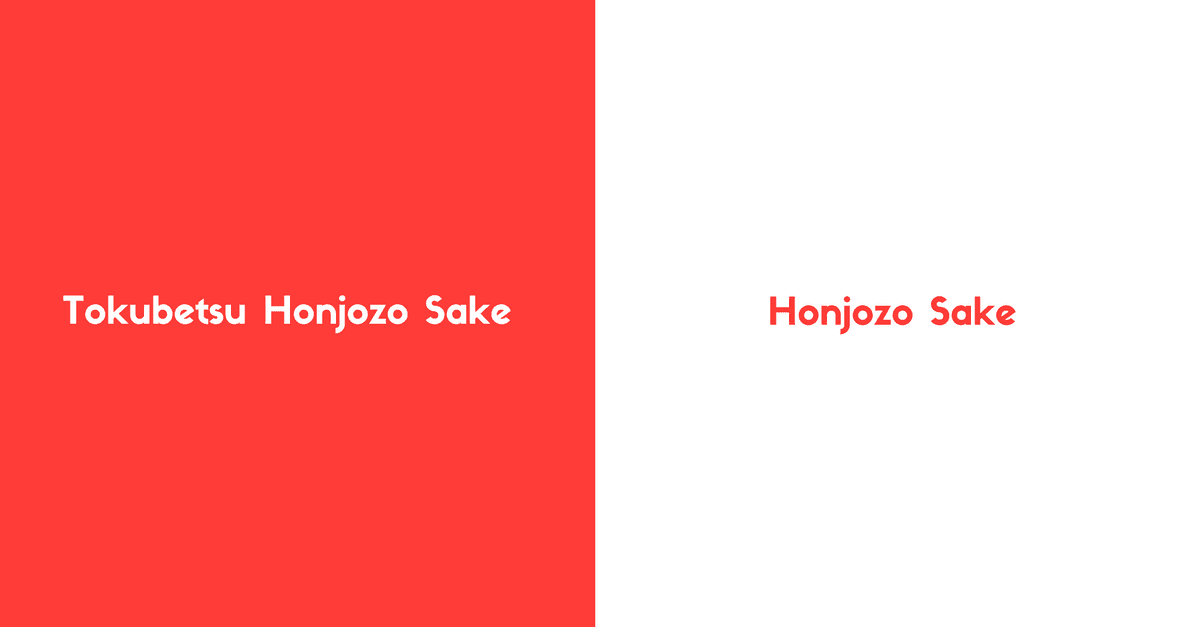
With this, Premium Sake which has not been explained yet is “Tokubetsu Honjozo Sake” and “Honjozo Sake” only. Both of these are Japanese sake with added alcohol for brewing. However, these types are different from Non-Premium Sake because the amount of brewing alcohol that can be added is determined to be less than 10% of the total weight of white rice.
And the difference between “Tokubetsu Honjozo Sake” and “Honjozo Sake” is the Rice Polishing Ratio. “Tokubetsu Honjozo Sake” is the Rice Polishing Ratio with less than 60%. “Honjozo Sake” is the Rice Polishing Ratio of 70% or less.
Perfect list of 8 types of Premium Sake
Then again, I will review eight types of Premium Sakes. Please note that this list is ordered from the type which is generally said to take time and effort in brewing.
- Junmai Dai Ginjo Sake
- Dai Ginjo Sake
- Junmai Ginjo Sake
- Ginjo Sake
- Tokubetsu Junmai Sake
- Tokubetsu Honjozo Sake
- Honjozo Sake
- Junmai Sake
Ingredients: rice, rice koji, and water
Rice Polishing Ratio: 50% or less
How to brew: Ginjo Zukuri
Features: Gorgeous fragrance / Feeling rice’s original flavor
Ingredients: rice, rice koji, water and brewing alcohol
Rice Polishing Ratio: 50% or less
How to brew: Ginjo Zukuri
Features: Gorgeous fragrance / Clear flavor
Ingredients: rice, rice koji, and water
Rice Polishing Ratio: 60% or less
How to brew: Ginjo Zukuri
Features: Gorgeous fragrance / Feeling rice’s original flavor
Ingredients: rice, rice koji, water and brewing alcohol
Rice Polishing Ratio: 60% or less
How to brew: Ginjo Zukuri
Features: Gorgeous fragrance / Clear flavor
Ingredients: rice, rice koji, and water
Rice Polishing Ratio: 60% or less
Features: Flavor is good / Feeling rice’s original flavor
Ingredients: rice, rice koji, water and brewing alcohol
Rice Polishing Ratio: 60% or less
Features: Good for both flavor and color
Ingredients: rice, rice koji, water and brewing alcohol
Rice Polishing Ratio: 70% or less
Features: Good for both flavor and color
Ingredients: rice, rice koji, water and brewing alcohol
Rice Polishing Ratio: Unspecified
Features: Flavor is nice / Feeling rice’s original flavor
Popular Premium Sake list
Finally, I will introduce some Junmai Dai Ginjo Sake which brewed by popular brands in Japan. In countries other than Japan, there are Sake which we cannot drink depending on the area, so I chose sake that exported worldwide as much as possible.
DASSAI Beyond
Now, DASSAI is Premium Sake, which has the most momentum in the world. In Japan, this brand name is known by even to people who aren’t a big fan of Japanese sake. And The finest Sake of DASSAI is “DASSAI Beyond”.
This brewery also sells Junmai Dai Ginjo’s Premium Sake called “DASSAI 23”, “DASSAI 39” and “DASSAI 50”. In this product lineup, “DASSAI Beyond” only prominent, it is a premium and expensive liquor.
The brewery has special feelings for “DASSAI Beyond” and this sake was born after a conceptual and development period of more than 10 years. Also, they recommend drinking this Sake after drinking their other Premium Sake “DASSAI 23”. It seems that they want you to pay attention to the difference.
Kubota Manju
In Niigata prefecture where there are many famous Japanese sake breweries, one of the most popular brand is “Kubota”. And Kubota’s top-quality Junmai Dai Ginjo Sake is “Manju”.
This Sake is made by mixing 50% shaved sake rice called Gohyaku Gokoku Mai and another 77% shaved rice made from Niigata prefecture.
It is a Sake with enthusiastic fans and in Japan, it may be drunk on a special day such as New Year’s day.
Born Junmai Daiginjo “Gold”
“BORN” is liquor made by Kato Kichibei Shouten in Sabae City, Fukui Prefecture. This brand of sake is served when the government honors the state guest, and it is also an official sake of government-dedicated aircraft.
Among the BORN series, especially I like Junmai Dai Ginjo Sake “BORN GOLD”. I feel sweet at the beginning of drinking, after that, I gradually feel Umami.
Colorless transparent bottle gold label is also cool.
References:
Amazon.co.jp: 日本酒の新しい選び方 きき酒師が教える日本酒100円ガイドブックシリーズ eBook: 日本酒サービス研究会・酒匠研究会連合会: Kindleストア
吟醸造りとは / 日本酒net
Q&A 日本酒について|お客様相談室|月桂冠 ホームページ
久保田 萬寿 | 久保田 | 朝日酒造株式会社
獺祭の蔵元|旭酒造株式会社
